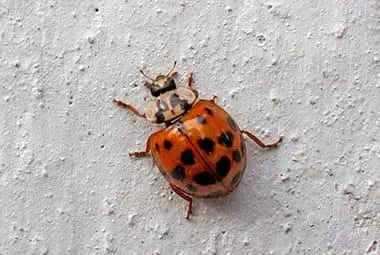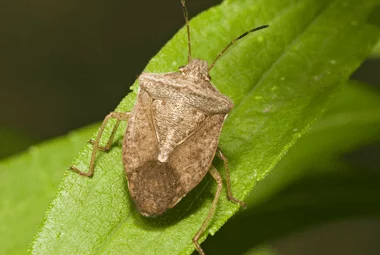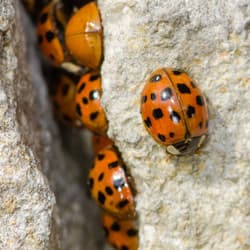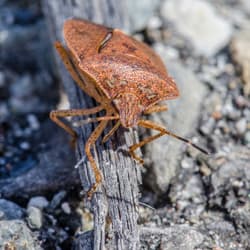Ladybugs are beautiful insects that have inspired artists for hundreds of years. When they appear on a flower in your landscaping or on a plant in your garden, they are a welcome sight. These insects help to eliminate plant-damaging insects such as aphids, scale insects and whiteflies. Their efforts to control insects that damage plants have a wider impact as well because many pest insects feed on the honeydew created by aphids, scales and whiteflies. But when ladybugs appear in your home, they can be an unwelcome sight, especially if you’re seeing dozens or hundreds of them during the winter months. Here are some reasons why you’re seeing those little ladies and how you can protect yourself from fall pests like ladybugs.
“Why do I have a lot of ladybugs in my house?”
When temperatures drop, ladybugs congregate on sun-warmed surfaces. They also cling to screens where they sense heat radiating out of a home. When they climb on a home, they often find entry points. Some common entry points for ladybugs are:
- Holes in window and door screens.
- Gaps in the weatherstripping around doors and between sliding glass doors.
- Holes in frames or wood that are created by wood-chewing pests.
- Cracks in foundation walls, especially around basement windows.
- Damaged seals around door and window frames.
- Damaged door sweeps.
- Gaps around pipes and PVC wire conduit.
- Chipped mortar on brick homes.
- Gaps in soffits, fascia, and roof edges.
- Gaps between chimneys and exterior walls.
- Holes created by roof rats, squirrels, raccoons and other wildlife that can get on your roof.
- Doors or windows left open and unprotected.
Another reason you may have ladybugs in your house is that you have lots of vegetation around your home. The more vegetation you have, the more plant-damaging insects you’ll have. This will attract ladybugs. Investing in a residential pest control plan can have an impact on a wide range of insects around your home, including the insects that are food for ladybugs.
Other Questions You May Have About Ladybugs
“Is a ladybug a ladybird beetle?”
If you’ve been told that ladybugs are called ladybird beetles, this is true. But ladybird beetle is more appropriate if you are in England where the term has been used for more than half a century to describe these beetles. The lady to whom the name is referring is the virgin Mary, who was depicted wearing a red cloak in early paintings. The lady beetles indigenous to the United States are more properly called ladybugs.
“Can ladybugs bite you?”
Yes. Ladybugs can bite and they can cause a sharp pain. But ladybugs rarely bite. There is, however, another lady beetle in the U.S. that is prone to biting. It is called the Asian lady beetle.
“What is the difference between ladybugs and Asian lady beetles?”
Asian lady beetles are far more aggressive than ladybugs. This is one of the reasons they are far more plentiful now. You’re more likely to have an infestation of these beetles than you are to have ladybugs in your Tennessee home. You can tell them apart by the black M pattern on the back of the Asian lady beetle.
“Is a ladybug a male or female?”
This is just a little fun fact. While you might expect all ladybugs to be ladies, they are not. There are also “gents” in the ladybug population.
What to Do About Asian lady beetles and Ladybugs
While ladybugs are far more docile than Asian lady beetles, it is not fun to have bugs in your home. If you live in the Greater Knoxville area, contact Russell’s Pest Control for assistance ridding your home of these and other unwanted guests. We’re always standing by to help.



